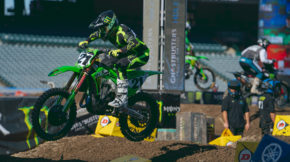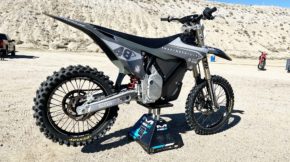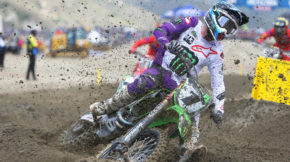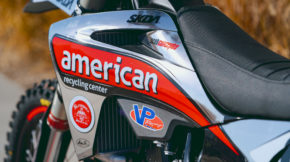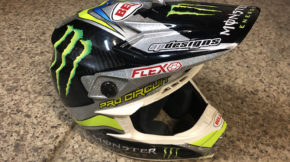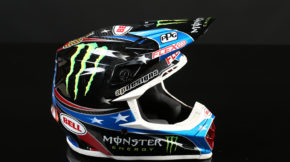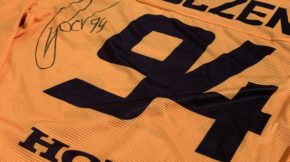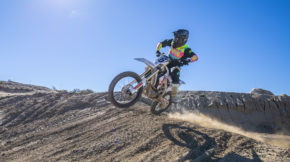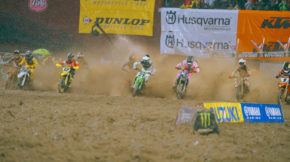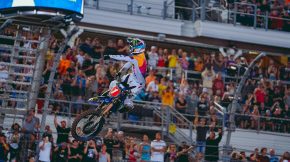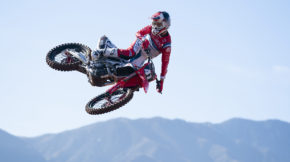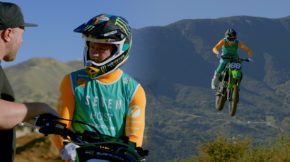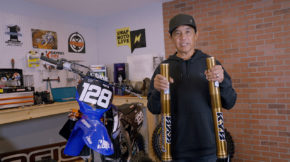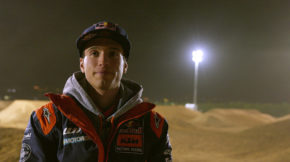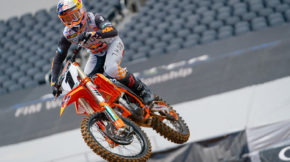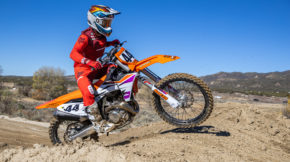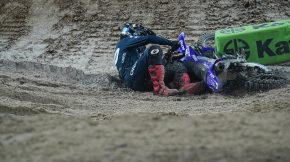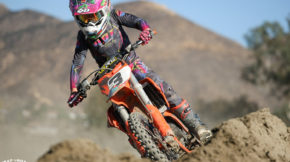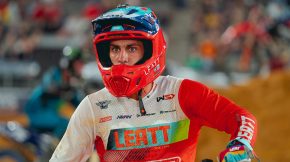Kickstart | March 31 2020
Share
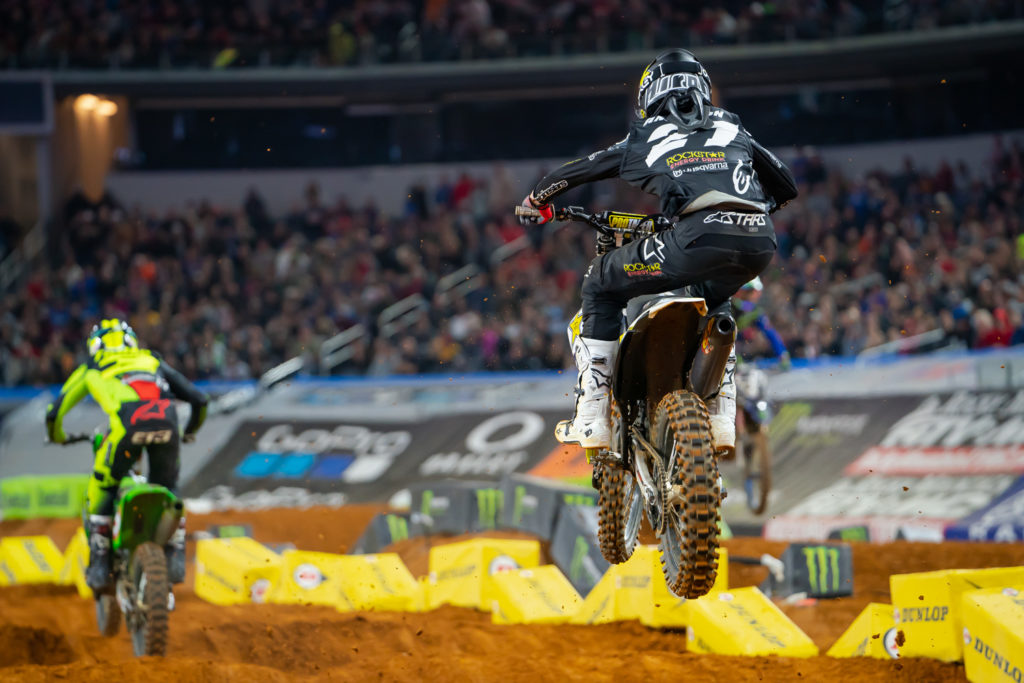
Have to say it feels a little odd to write about how motocross will be shaped by the COVID-19 crisis. The way society as a whole will come out from this is anyone’s guess because it really is touching every part of the world and the impact it’ll have will last for generations. My thoughts are with the people that will experience the worst of the virus firsthand, from the victims to the healthcare workers to all of their respective families, as well as the people that felt the financial-employment force of the pandemic. That’s always first and foremost. But you’re here to read something about dirt bikes and that’s something that’ll be somewhat different when this is all said and done.
This unexpected offseason we now find ourselves in could really be a chance to rethink the current business model that is professional motocross. Everything from logistics to finances to training and testing will have to be modified for the time being, and now could be the time that we can implement much-needed change to the industry. Over the next few weeks I’ll bring up areas in the sport that could be overhauled and altered, but they’ll be realistic concepts or initiatives, not just the “riders should get paid more” argument.
We’re going to find out how much we miss racing and there will be a big interest in any events that get to run this year. Maybe we’ll finally see 29 races in rapid-fire order, plus assorted special events, isn’t the way to build a large following.
Over the last few years, we’ve heard nearly every top-level rider or team make mention of the hectic schedule that runs on most weekends from January to August, with the offseason races that get tacked on from September to December. Riders have cited it as the reason they’ve turned down prestigious honors like the Motocross of Nations or well-paying appearances at international events, but with time everyone started to accept it as the way modern motocross racing is, a necessary challenge if you want to collect a paycheck in the industry.
We’re not the only motorsport that feels the strain of an ever-growing schedule. MotoGP and Formula1, the top two series in racing and the benchmark by which most are measured against, have eagerly added more events to their calendars in recent years, much to the displeasure of those in the paddock. The additional races in all forms of motorsport limit the timeline for testing and development, means that more money needs to be found in the overall budget, keeps the workers away from home more, and requires the competitors to stay at their best for months on end.
For riders, the constant need to be ready at all times offers little chance to relax and recharge. A hard crash or nagging injury can take weeks to get over, but the current schedule only offers a few days to work in therapy and possibly some practice. Simply put, it’s hard to be your best when you can’t recovery properly.
The teams are the most impacted by the schedule, especially during the long hauls across the country. Truck drivers make sure to get to the next city as soon as they can so that they can set up, clean the rig, and restock the cabinets before the rest of the staff flies in on Thursday to get bikes ready. The average mechanic might get three days at home during the week, but that’s not time on the couch. Instead, they’ll spend hours at the race shop getting parts in order for the next race and maybe even maintaining the practice bike for the rider. It’s a grind that offers little leisure time.
From a media person’s perspective, there are drawbacks. Friday and Saturday at the track are always a hustle, an attempt to get as much content as possible for the next week and to have conversations with sources about what’s going on, plus the late nights to get everything written and ready for the site. Monday through Thursday is spent recapping the weekend prior and building hype for the upcoming race, which leaves little time for certain storylines to soak in. Just as we’re getting the full scoop on the last race, it’s time to go back to the starting line. That’s especially important in the middle part of the schedule, when interest from the average fan dips. There is data from all sources, including TV ratings and website page views, that proves people’s interests seem to wain around rounds 11 through 14 unless something major happens to a front-runner. That’s unfortunate because those races are crucial to the championship chase.
During this break, I’ve been able to go back and think more about things that have been pivotal to the season but were not fully understood at the time. Ken Roczen’s wins, Eli Tomac’s consistency, Cooper Webb’s do or die pushes, Dylan Ferrandis’s early-season results, Brian Moreau’s life-changing crash, Adam Cianciarulo’s success and then snapped collarbone. All of those examples, plus many more unmentioned moments, didn’t seem like much at the time because our attention was always on the next race. But now, we’re able to see and understand how crucial all of that is to a rider’s season.
In a normal year, F1 and MotoGP will run multiple races on consecutive weekends, but there’s always a short one- or two-week break after the long runs for the drivers and teams to decompress (Pro Motocross and MXGP do the same). As a fan of those series, my interest rises right after the off weekends, because I know drivers are eager to come back and because I’ve had to the time to read stories, hear interviews, and watch videos that explain what’s going on. You all feel the same when we come to Anaheim One, return from Easter weekend in Supercross, before the start of the Nationals, and after the various breaks. The uptick in pageviews around these dates for years and have seen the ebb and flow that comes over the course of the season proves that.
Unfortunately, it’s almost certain that we’ll stay stuck in the current system. Races make money, so more races mean more money for the event promoters. And that’s not to say that they are wrong or fully to blame because they’re just doing a necessary job that no one else was able to do. But they face their share of challenges with so many races in a short amount of time and one could say they go through all of the same problems as the teams and the media, as some of the tasks are similar.
This year’s schedule is a moving target, as the 11-race Nationals and remaining rounds of Supercross are something we hope to hit, while aware that something could happen that would cancel those, too. Whatever races are run this year will be celebrated events for all involved, from the riders that want to compete to the fans that want to watch, and each round will feel more important than it ever did before. – Anton
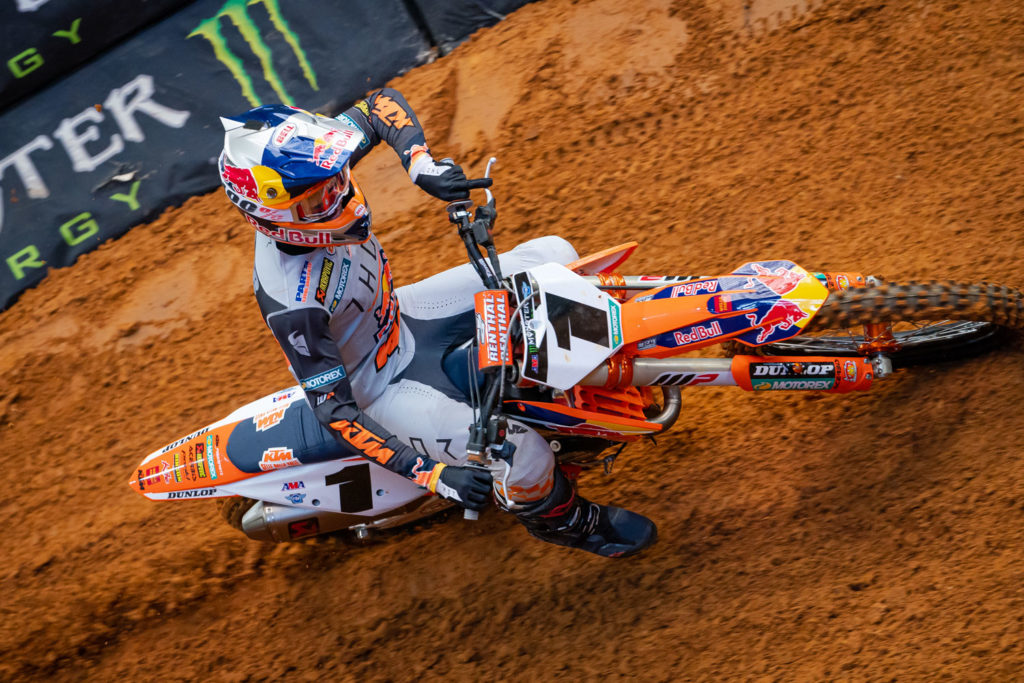
COOPER WEBB & BELL HELMETS | 2 FOR 2 VIDEO SERIES
Have you followed Cooper Webb’s video series, 2 For 2? Produced by Bell Helmets and shot by Tom Journet, the three episodes and one bonus video released so far are an incredible look at Webb’s attempt to defend his rank as champion in the Monster Energy Supercross Series. The behind the scenes shots are stellar, as we see Webb at work with the Red Bull KTM staff, riding in Florida, and putting in results at the races. Episode three just dropped and it focuses on Webb’s crash and comeback in one week’s time. The slow-motion shot of Webb’s slam at the Arlington race really shows how brutal the hit was, while the walk from the podium in Atlanta indicates how much pain he was in during his duel with Eli Tomac. All three episodes, plus the bonus video, are listed below for you to watch.
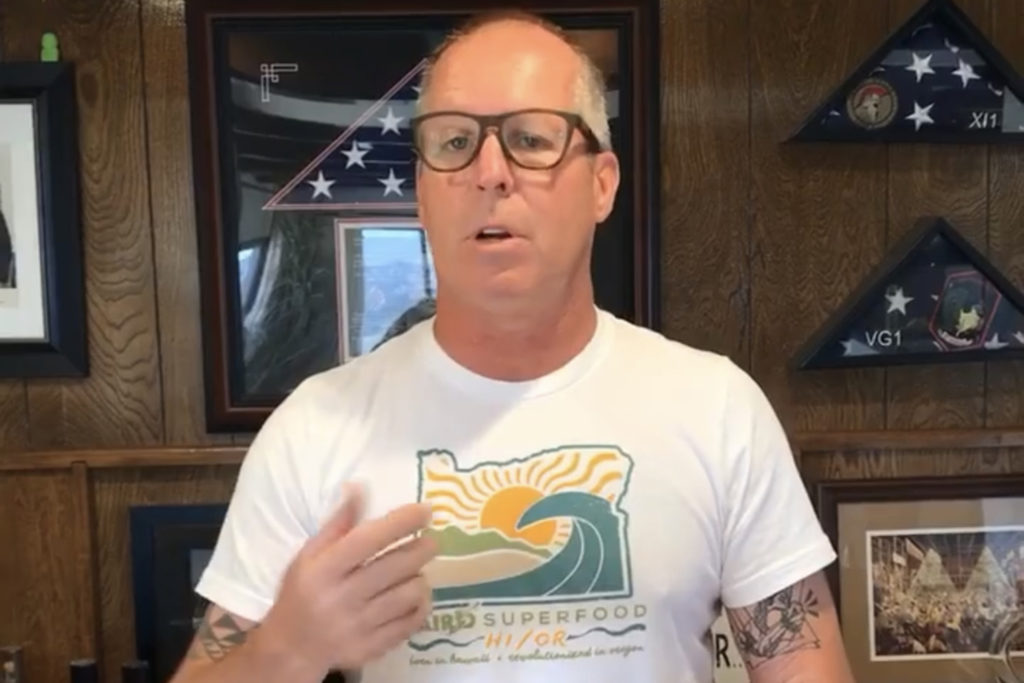
RICKY JOHNSON TALKS ABOUT HIS BOUT WITH COVID-19
On Sunday, swap dropped a special episode of the Swapmoto Podcast with Ricky Johnson that covered RJ’s recent run-in with COVID-19. Johnson announced his positive test over the weekend and discussed how he thinks he got it, the symptoms, testing protocol, and his recovery. If you have concerns about COVID-19 and the impact it could have on your health, then RJ’s experience is a must-listen.
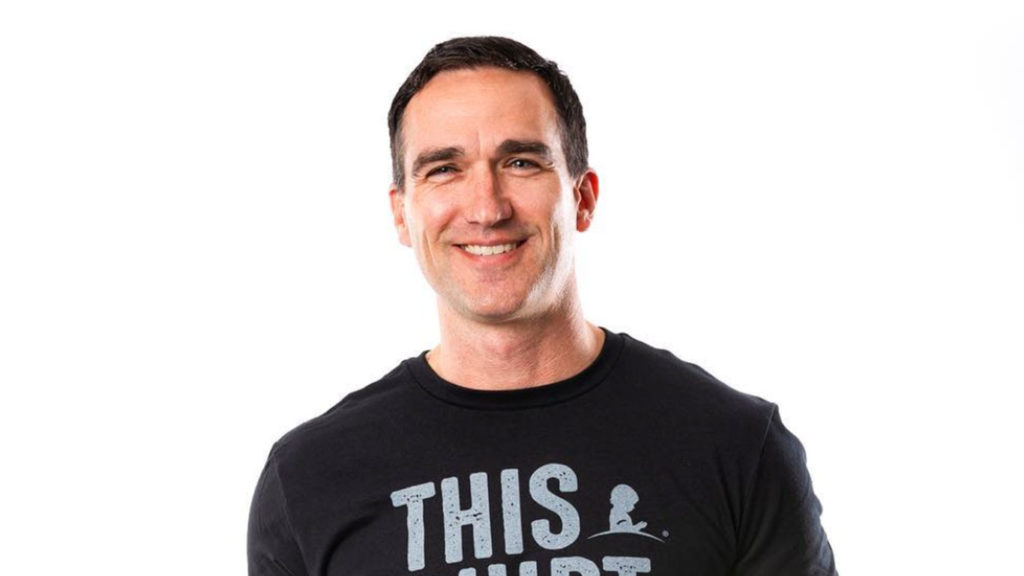
DAVE PRATER DISCUSSES THE SUPERCROSS SEASON
On Monday afternoon, I spent 30 minutes on the phone with Dave Prater, the Senior Director of Operations for Two Wheels at Feld Entertainment. Supercross is Dave’s focus and he was able to explain how suddenly the decisions were made to cancel the remaining rounds, plus the plans to get makeup dates in after the Nationals are over. There will be a typed out version of this interview later in the week, too.

2020 ANAHEIM ONE SUPERCROSS | RACE COMPANION PODCAST
Anton and Dommer decided that now would be a good time to rewatch the 2020 Monster Energy Supercross Series from the beginning, starting with the 2020 Anaheim One Supercross. That night in January feels like forever ago, but to relive the moment and know the outcome now, everything hits a little different. On Friday night we sat down at our couches (1800 miles apart for safe social distancing) and had a bench racing session with 250 Main Event and 450 Main Event playing in the background through the NBC Sports Gold Pass. We encourage you to fire up the TV, grab a drink, and listen along! To be in sync with what we see, fast-forward in the NBC broadcast to the 1:58.00 mark for the 250 Main Event and the 2:36.00 mark for the 450 Main Event.
CHRIS BENOIT VICE DOCUMENTARY
This is very far from moto, but it’s something that could be interesting to you. A few weeks ago Vice released a special two-part documentary on Chris Benoit as part of their “Dark Side Of The Ring” series on professional wrestling. Benoit was known for his work ethic and dedication to the craft, two things that made up for his smaller stature in an era that was defined by six-foot-plus beasts, but his legacy was upended when he killed his family and then himself. Through the documentary, we see the latter years of his life were marred by a personality change that can be traced to traumatic brain damage, something the specialists say started when he was four years old.
Why put this here? First, Benoit’s career and the people that were around him in the “good times” was an amazing story of athleticism, and second, because it’s a reminder of how concussions can change a person over time. A few years ago I followed the CTE studies from the NFL closely and started to grow concerned for our sport, as many in moto brushed off the lasting damage that can come from repeated hits to the head. We’ve gotten much better at realizing how serious concussions are, but there’s still some work that needs to be done, especially with athletes that have a known history of trauma.
















